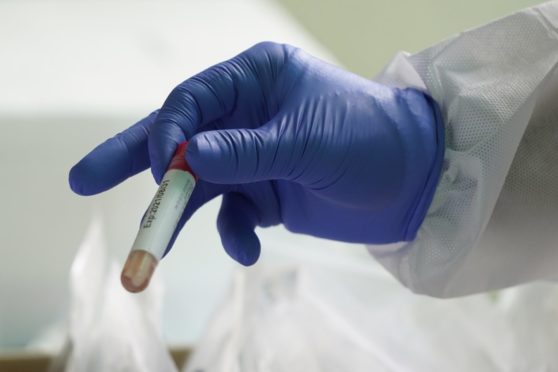A new anti-viral drug developed by Pneumagen, a St Andrews University spin out company, has had positive results in laboratory tests against Covid-19.
Pneumagen Ltd is a company focused on treating infectious disease and developing oncology treatments by targeting the human glycome.
It has announced results from three separate studies into preventing coronavirus infections including SARS-CoV-2 infection – the cause of Covid-19 – using Neumifil and other first-in-class multivalent Carbohydrate Binding Modules (mCBMs).
The successful studies involved both treating infection and blocking new infections.
Working closely with Public Health England’s Porton facility and separately, the University of Glasgow’s MRC Centre for Virus Research, Pneumagen has tested the activity of its mCBMs against coronaviruses, using plaque reduction assays.
At both Porton and the University of Glasgow, Pneumagen’s mCBMs were found to reduce the number of SARS-CoV-2 plaques when the mCBMs were used in both prevention and treatment of infection.
Pneumagen now wants to begin clinical testing for the prevention and treatment of Covid-19.
Douglas Thomson, chief executive of Pneumagen, said: “Today’s positive results… show that glycan binding has the potential to prevent and treat infection.
“This further supports the value of our universal therapeutic modality to block access to lung cells of SARS-CoV-2, as well as other viruses, that cause respiratory tract infections, providing the potential for a pan-viral respiratory product. Our goal is now to rapidly begin clinical testing for the prevention and treatment of Covid-19.”





